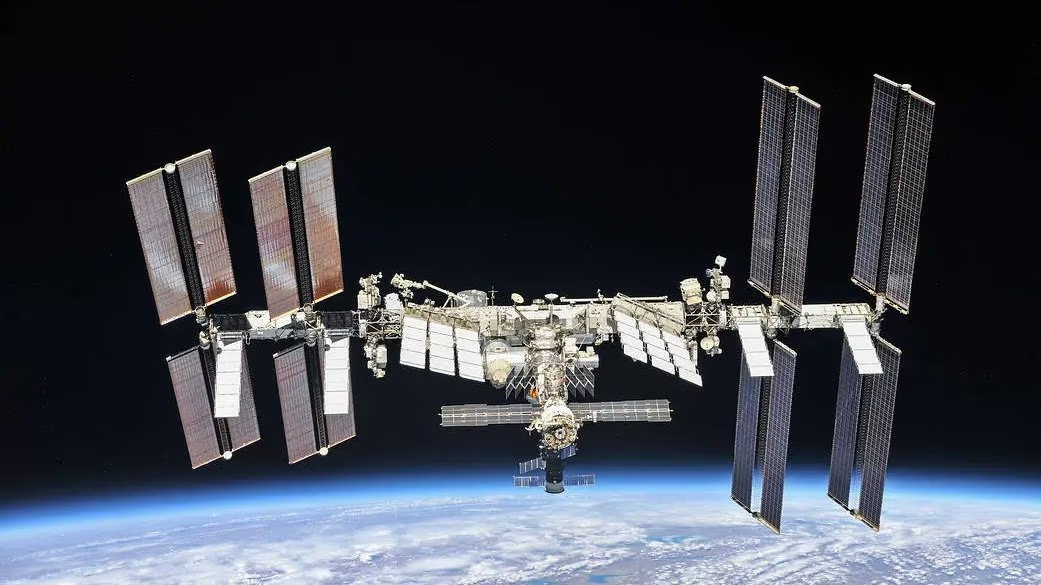The International Space Station (ISS) is a unique platform in space where crews inhabit and conduct groundbreaking scientific experiments. Life aboard is vastly different from Earth; for example, the ISS experiences 16 sunrises and 16 sunsets in a single Earth day. Why is this so? We’ll explain shortly. Indian-origin astronaut Sunita Williams has been aboard the ISS for nine months, eagerly awaiting her return to Earth.
If you imagine the ISS to be a static structure like a major railway station or airport, think again. Instead, it’s a colossal spacecraft continuously orbiting Earth.
How Far is the ISS from Earth?
Located 403 kilometers above our planet, the ISS orbits Earth with onboard astronauts. Sunita Williams, for nine months, has been circling our planet.
The Speed of the ISS
The amazing speed of the ISS is one of its most striking features. Traveling at 17,500 miles per hour (or about 28,163 kilometers per hour), it makes a complete orbit around Earth in 90 minutes.

Source: aajtak
Size of the International Space Station
According to NASA, the size of the ISS compares to a five-bedroom house or spans as large as two Boeing 747 jetliners. It can house six permanent crew members and additional guests. Presently, eight individuals are aboard the station.
The ISS weighs in at approximately one million pounds or about 453,592 kilograms, the length comparable to a football field. Its vast laboratory modules herald from collaborations between the United States, Russia, Japan, and Europe.
The Mystery of 90-minute Days and Nights
An intriguing experience aboard the ISS is witnessing 16 sunrises and 16 sunsets in 24 hours. Essentially, it alternates between 90-minute days and nights due to its rapid orbit speeds and Earth's curvature.
At such significant speeds, the ISS completes an orbit every 90 minutes. Each orbit encompasses 45 minutes in daylight and 45 in Earth's shadow, creating unique daily transitions.

Source: aajtak
This means the ISS orbits the planet 16 times within 24 hours (24 hours ÷ 90 minutes = 16).
The ISS's path around Earth allows it unique opportunities to traverse day and night sections every 90 minutes, resulting in twice-daily sunrises and sunsets.
How Old is the ISS?
The first section of the ISS saw launch in November 1998, with the Russian Zarya control module lifted by a Russian rocket. Following shortly, Space Shuttle Endeavour joined to add the U.S. Unity Node. Members connected the Unity Node with Zarya.
Over two subsequent years, the ISS expanded, preparing for habitation. The first crew arrived on November 2, 2000, marking it as a longstanding symbol of international collaboration in space exploration. Continual enhancements and innovative equipment further augment it today.




